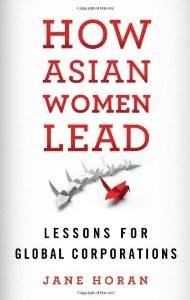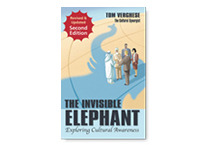 |
| THE CULTURAL SYNERGIST |

Cultural Synergies is working more and more in the Knowledge Transfer (KT) space. Recently we were approached by a long-standing client to help bring a KT project to closure. The project was not proceeding to plan and there was significant frustration on the part of the knowledge senders as well as the knowledge receivers. This specific project involved a manufacturing client based in Western Europe working with an outsourcing company based in the Asia Pacific region. nbsp;
Cultures that are high on the avoidance scale may not be forthcoming in speaking up in particular settings or when singled out. Collectivist cultures prefer training that allows for personal interaction and trust to be generated. Just as employees who are from individualist /monochronic cultures tend to work to deadlines, be more assertive in their communication and will be motivated to work for their own benefit. Polychronic cultures are more inclined to multitask and have a different relationship to time. They may not work the traditional 9 -5pm, rather, a 10am start maybe preferred and the end time is whenever the tasks of the day are completed. Given that much of the knowledge transfer that is currently taking place is across borders, it isn't surprising that cultural differences are having significant impacts on processes and outcomes. Cultural differences need to be bridged early, of course remembering that what and how these differences will be bridged is dependent on which cultures are interacting. I urge knowledge transfer leaders to document the challenges, successes and lessons learned because this is all valuable data that can benefit future projects. If you would like to read or follow our Cultural Intelligence Blog go to:
http://culturalsynergies.wordpress.com Best Wishes Tom Verghese Send to Friend |
||||
| Knowledge Transfer Teams | ||||
 |
||||
|
|
Horan highlights the obstacles Asian women face reaching the top. She looks beneath the corporate surface from a cultural and family perspective through her research and the stories of four uniquely different women leaders from varying Asian economies and industries. Horan offers a new perspective to help business leaders and human capital professionals understand leadership diversity, build inclusive and engaged organizations, and sustain success.
'How Asian Women Lead' examines the constraints and strengths of women embedded in a profoundly collaborative tradition. Horan uncovers the poignant events that made these women leaders different from their counterparts in other locations. She shows why authentic transformation in a time of demographic change must always be rooted in an understanding of culture. It is a vivid glimpse of the lives and careers of female leaders in Asia. |
|||||
RECOMMENDED BOOK: " How Asian Women Lead: Lessons for Global Corporations." By Jane Horan (2014). |
||||||
 |
||||||
|
|
RESOURCES 'Raising Your Cultural IQ - DVD and CD 'Raising Your Cultural IQ' explores the issues around culture, the challenges that culture can pose and provides some great strategies on how to leverage on cultural differences and similarities. 'The Invisible Elephant - Exploring Cultural Awareness' Book testimonial by Asma Ghabshi Visit our store here
|
|
 |
||
 |
||
 |
||
 |
|